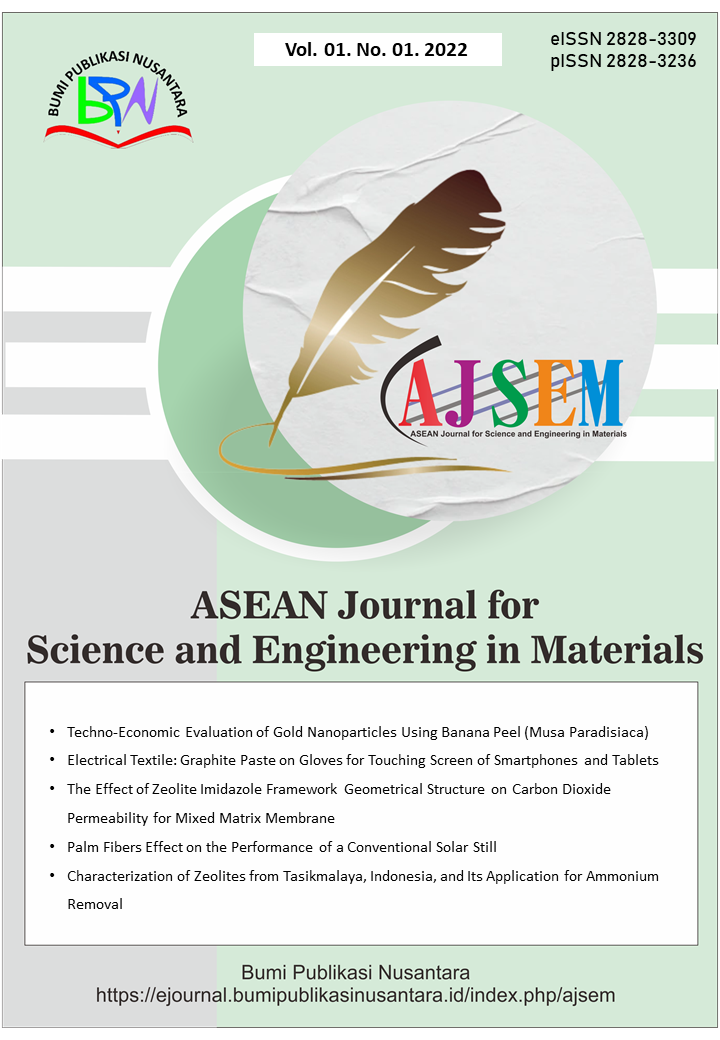Synthesis, Characterization, and Antimicrobial Studies of Some Metal (II) Complexes of Some Azo Dyes
 ), Uche Basil Eke(2),
), Uche Basil Eke(2),
(1) University of Ilorin
(2) University of Ilorin
 Corresponding Author
Corresponding Author
Abstract
Keywords
References
Ali, Y., Hamid, S. A., and Rashid, U. (2018). Biomedical applications of aromatic azo compounds. Mini Reviews in Medicinal Chemistry, 18(18), 1548-1558.
Alsantali, R. I., Raja, Q. A., Alzahrani, A. Y., Sadiq, A., Naeem, N., Mughal, E. U., Al-Rooqi, M. M., Guemi, N. E., Moussa, Z., and Ahmed, S. A. (2022). Miscellaneous azo dyes: a comprehensive review on recent advancements inbiological and industrial applications. Dyes and Pigments, 199, 110050.
Cotton, F. A. (2000). A millennial overview of transition metal chemistry. Journal of the Chemical Society, Dalton Transactions, 13, 1961-1968.
Hassan, A. U., Mohyuddin, A., Güleryüz, C., Nadeem, S., Nkungli, N. K., Hassan, S. U., and Javed, M. (2023). Novel pull–push organic switches with D–π–A structural designs: computational design of star shape organic materials. Structural Chemistry, 34(2), 399-412.
Luo, H., Barrio, J., Sunny, N., Li, A., Steier, L., Shah, N., Stephens, I. E. L., and Titirici, M. M. (2021). Progress and perspectives in photo‐and electrochemical‐oxidation of biomass for sustainable chemicals and hydrogen production. Advanced Energy Materials, 11(43), 2101180.
Madkour, L. H., Kaya, S., Guo, L., and Kaya, C. (2018). Quantum chemical calculations, molecular dynamic (MD) simulations and experimental studies of using some azo dyes as corrosion inhibitors for iron. Part 2: Bis–azo dye derivatives. Journal of Molecular Structure, 1163, 397-417.
Manjunatha, B., and Bodke, Y. D. (2021). Novel isoxazolone based azo dyes: synthesis, characterization, computational, solvatochromic UV-Vis absorption and biological studies. Journal of Molecular Structure, 1244, 130933.
Shimizu, G. K., Vaidhyanathan, R., and Taylor, J. M. (2009). Phosphonate and sulfonate metal organic frameworks. Chemical Society Reviews, 38(5), 1430-1449.
Van der Zee, F. P., and Cervantes, F. J. (2009). Impact and application of electron shuttles on the redox (bio) transformation of contaminants: A review. Biotechnology Advances, 27(3), 256-277.
Xue, X., Wang, H., Han, Y., and Hou, H. (2018). Photoswitchable nonlinear optical properties of metal complexes. Dalton Transactions, 47(1), 13-22.
Yam, V. W. W. (2015). Inorganic chemistry: A prestigious history and a bright future. Angewandte Chemie International Edition, 54(29), 8304-8305.
Article Metrics
Abstract View : 1057 times
: 1057 times Download : 620 times
Download : 620 times
Refbacks
- There are currently no refbacks.
Copyright (c) 2023 Bumi Publikasi Nusantara

This work is licensed under a Creative Commons Attribution-ShareAlike 4.0 International License.









